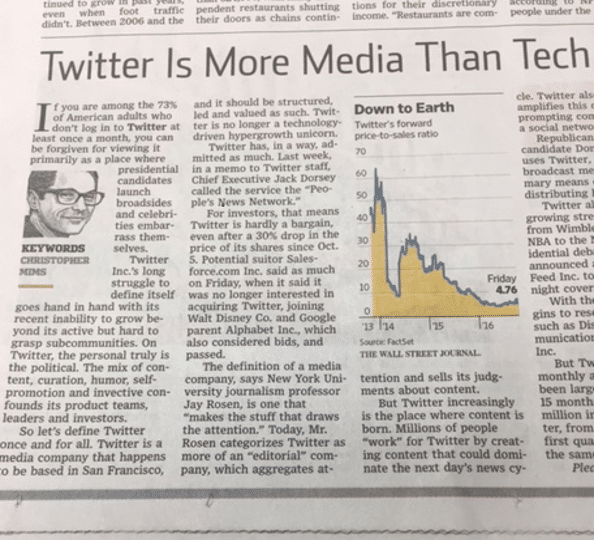If you are in the tech space, you are familiar with all the industry research firms who tout their worth and value when it comes to defining who your company is and where you fit within their various market categories.
Companies pay a LOT of money to get on analysts’ radar screens and utilize their advice and services. There’s nothing really wrong with this approach. There is definitely certain value you get out of paid relationships like that. It can open doors, help you close deals and even help position your company as a leader.
BUT, there are other avenues companies can explore beyond these highly paid relationships. You can create your own category and market it yourself, for example. As an 18-year old PR firm that specializes in the tech industry, we have seen this transformation many times throughout our lifecycle. We’ve seen (and helped) companies launch categories, drive them and reap the rewards by becoming not only first to market but, by dominating the very space they helped invent through our Strategic Narrative Marketing approach.
What happens when you leave it to others to define your company category? Here’s a telling example in this WSJ article:
The journalist is saying Twitter didn’t position itself so left it up to the industry (the likes of which probably include financial and industry analysts!) to do it for them. What’s wrong with that, you ask? It’s letting others define its space versus taking the reins and defining itself as it wishes to be perceived. What is the big deal, you ask? Millions of dollars in valuation, that’s what! Being positioned as a technology-driven unicorn versus a media company attracted the wrong types of investors and resulted in a much lower valuation. How’s that for bad ROI?
On the other hand, here is a video clip from the CMO at a publicly traded company who was already a market leader in one category, but, was shifting to a completely different space. It didn’t hire any analysts, nor did it even have an advertising budget. It just used the power of category creation and a consistent PR drumbeat to not only launch a whole new market category, but, to own and shape it.
And that shift, new category creation and market leadership all happened within a time period of only two to three years! In fact, as their partner, we found that *we were ones educating the industry analysts!* Not the other way around.
There were a lot of key factors that played into making this successful:
- Market forces were ripe for this kind of new entry
- We were relentless in hammering the market with a consistent set of messages – both internally and externally – repetition is key, just as in advertising
- We let early stage adopters do a lot of the talking for us (they became our evangelists for “Rich Media, Rich Media, Rich Media”)
- Industry influencers, i.e., industry analysts, echoed what we told them
- We had a compelling strategic narrative that wrapped all of this together
Yes, it definitely is possible to “influence the influencers.” But, you need to start with a market category that is open for the taking and develop a strong, persuasive narrative that conveys the optimism, passion and pathway toward the future that you imagine for all to embrace, seize and adopt.
You see, market categories need to be inclusive to all. Not just for your company alone. “Party of one” doesn’t count as a market category. You need others to see a clear vision and desire to become part of that bigger community or ecosystem. When others start adopting your category as their own, then you know you have truly built a new market space.
That’s when you receive validation from not only the industry analysts, but, your customers, most importantly.
So, do you really need industry analysts to help you define a new market category?
Hell no! While it can help escalate your cause, it really is more about the compelling narrative you tell and how well it resonates with your customers that matters.
You can learn more about category creation and building here. Or just call us at 303-581-7760 and we’ll send you a free copy!
Sign-up for more news and insights from Catapult:

